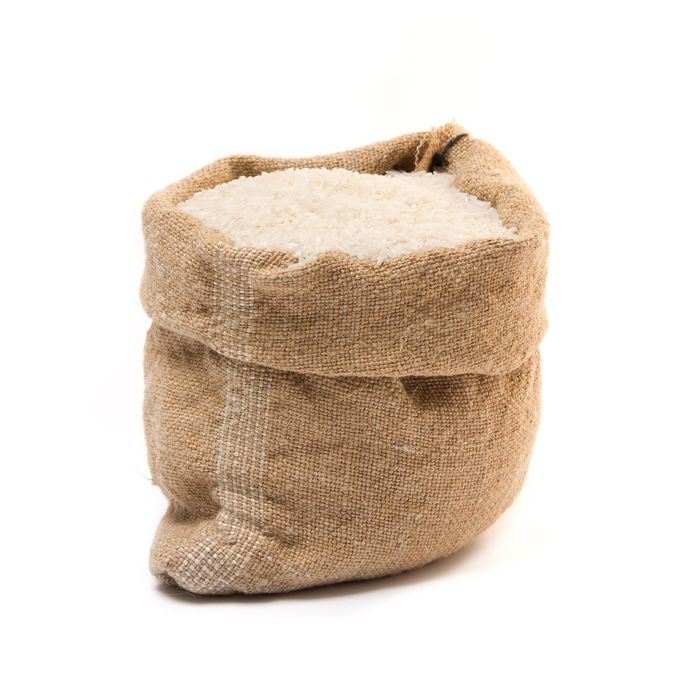Bomba rice
Type of japonica grain, with pearly appearance. The grain is round and short. It is around 5 mm long and 2.1 wide.
Experts consider it a high-quality rice for cooking due to its chemical composition, which keeps the perfect proportion between amylase and amylopectin. During cooking, the accordion effect keeps the rice entire and avoids it from sticking. These characteristics make the bomba rice especially appropriate for the Mediterranean cuisine.
Firstly, it doesn’t get thick easily and the grains don’t open during the boiling process. Secondly, it can keep an intense flavour thanks to the big amount of liquid it absorbs. Lastly, since the grains are very regular when it comes to size, it is pleasing to the eye and the palate. For all these reasons, the bomba rice is especially appreciated and considered the most suitable one for typical Mediterranean dishes such as the paella.
After cooking, the grains grow to four times their size, so it will be necessary to cook it with a little more of stock, 3.5 parts of stock for each part of rice. The cooking time is a bit longer (20 minutes approx.).
-
Type of dish
- Beers
- Cocktails
- Breakfasts and brunch
- Burguers
- Juices, milkshakes and beverages
- Shellfish
- Bread and pastries
- Pizzas, patty
- Dessert
- Pasta
- Sándwich
- Pastries
- Finger foods
- Ice creams and sorbets
- Legumes
- Salads
- Eggs
- Patty
- liqueur
- Harvard plate
- Main course
- Meats
- Fish
- Birds
- Vegetables
- Soups and creams
- Rices
- Coffee, chocolate and infusion
- Cheeses
- Appetizers and canapes
- Temperature
- Cuisine type
- Additional culinary preparation
- Conservation technique
- Seasonal recipes
-
- Aromatic herbs
- Beverages
- Big game hunt
- Bread and pastries
- Canned goods and pickles
- Cereals
- Condiments, spices and additives
- Cooked, salted, preserved and cold meats
- Dried fruits and nuts
- Dry pulses
- Edible oils and vinegars
- Eggs and derivatives
- Feathered game hunt
- Fish cuts
- Fishes
- Insects
- Kitchen and bakery tecniques
- Kitchen and bakery utensils
- Meat cuts
- Meats
- Milk, cream and derivatives
- Mushrooms
- Offal
- Pasta, rice, flour and derivatives
- Poultry
- Seafood
- Service techniques
- Service utensils
- Vegetables cuts
- Vegetables, fruits, tubers and seaweed

